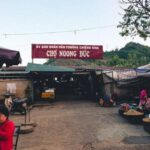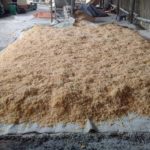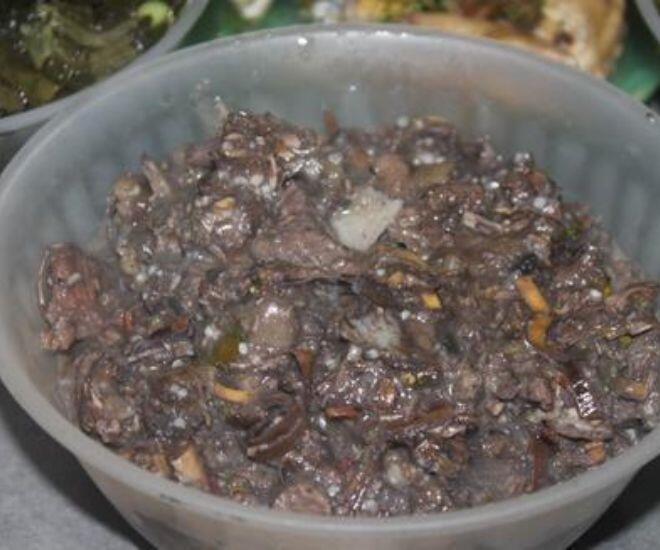
Meet Kính Coong, or as it’s colloquially known, Stinky Soup – a unique delicacy of the Khơ Mú ethnic group in Son La, Vietnam. This pungent dish, made from naturally decomposed meat, is an integral part of their cultural and culinary heritage, especially during important occasions such as weddings, Lunar New Year celebrations, and honouring esteemed guests.
A far cry from conventional cuisine, Kính Coong is crafted from carefully selected cuts of meat that have undergone natural putrefaction, resulting in a distinctive aroma that the Khơ Mú consider a delicacy. In their perspective, the more “rotten” the meat, the better, and the presence of maggots during this process is seen as a hallmark of ideal ingredients, contributing to an unforgettable flavour profile.
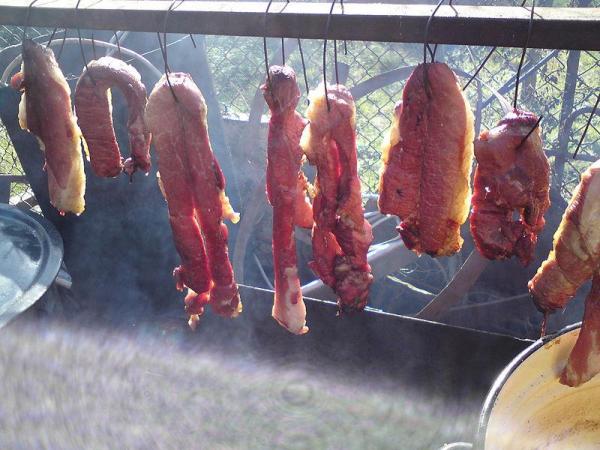
The preparation of Kính Coong ingredients is a meticulous process. The most perishable parts of meat, such as offal and belly meat from buffalo, cattle, or pigs, are hung in the kitchen – a place with optimal temperature and humidity. Daily, the meat is sprinkled with water to maintain moisture, attracting flies to lay their eggs and introduce natural microorganisms that expedite decomposition. Notably, the meat remains untouched by salt or any spices during this phase, allowing natural putrefaction to occur until it emits a strong odour and is infested with maggots, signalling its readiness for cooking.
The cooking process is equally intricate. The putrefied meat is thoroughly boiled with an appropriate amount of water. Local vegetables, tubers, and a plethora of spices are then added to the mix. These spices include wild pepper, garlic, ginger, forest leaves, chillies, lemongrass, and a touch of rice flour for a thicker consistency. Besides imparting a delectable flavour, the Khơ Mú believe that this natural blend of spices promotes health, particularly in regulating digestion, liver, and gallbladder functions.
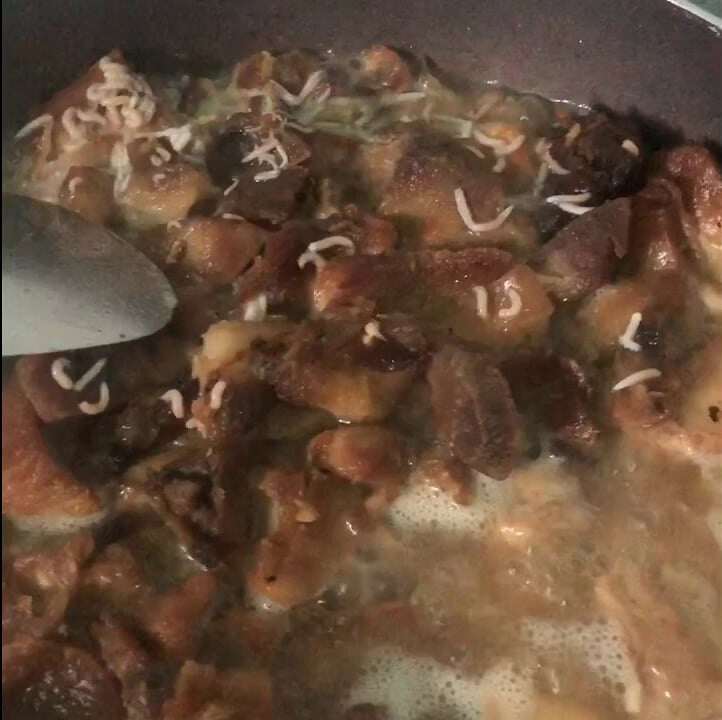
Historically, the primary sources of meat for Kính Coong were wild animals hunted by the Khơ Mú in the forests, including wild boars, buffaloes, cattle, and even deer. Interestingly, mice – known for their ability to produce a putrid odour – were also a preferred choice. On occasions when they stumbled upon a long-dead animal in the forest, the Khơ Mú would bring it back to prepare this traditional dish. Today, due to the scarcity of wild game, the Khơ Mú have resorted to using domesticated animals, such as livestock and poultry, to ensure a steady supply of ingredients for Kính Coong, while still preserving the flavour and cultural significance of the dish.
Kính Coong holds a profound cultural significance for the Khơ Mú community. It is a staple in their hospitality, expressing the host’s warmth and respect. According to their customs, omitting Kính Coong from a feast is considered discourteous to esteemed guests. Similarly, if a guest declines the dish for any reason, it is interpreted as a slight to the host’s goodwill. Therefore, when visiting Son La and immersing oneself in the Khơ Mú culture, it is advisable to embrace this extraordinary culinary experience, setting aside any initial preconceptions about “rotten meat.”
The Ultimate Guide to Sơn La’s Bizarre Market: How a Unique Trading Style Sells Out in Just 4 Hours Daily
Nestled amidst the majestic mountains of Northwest Vietnam, Nà Si Market (Mai Son, Son La province) stands out as a unique destination where insects are not just culinary ingredients but also a specialty that attracts curious travelers. Every afternoon, the market buzzes with vibrant colors and flavors of the highlands, offering an unforgettable experience for those eager to delve into the local culture.

























